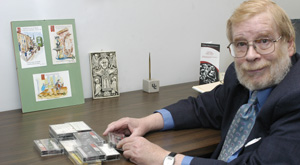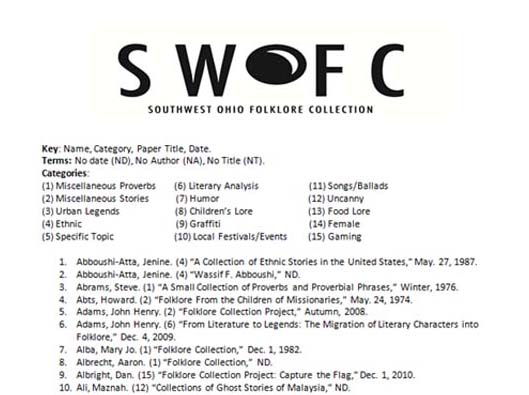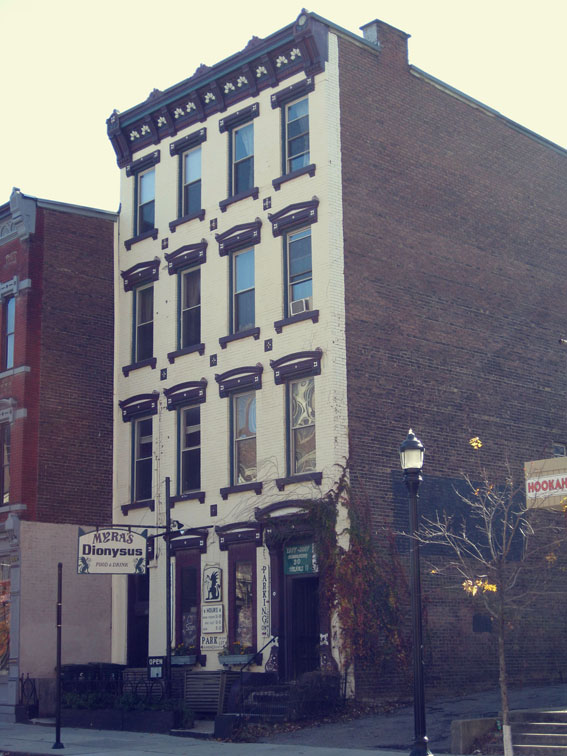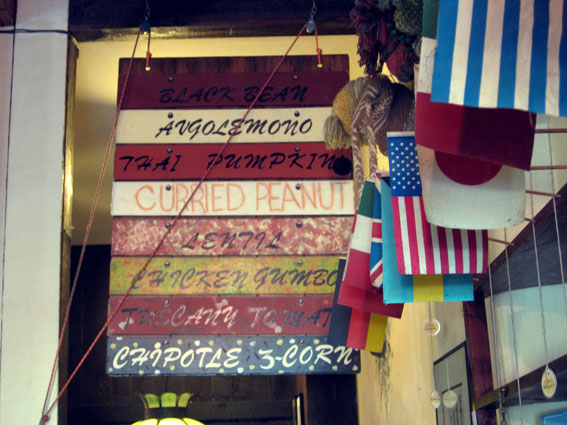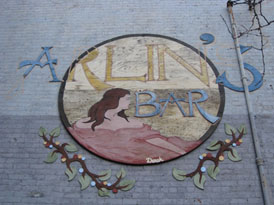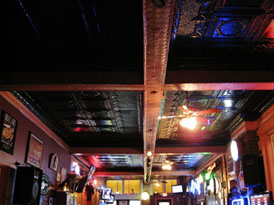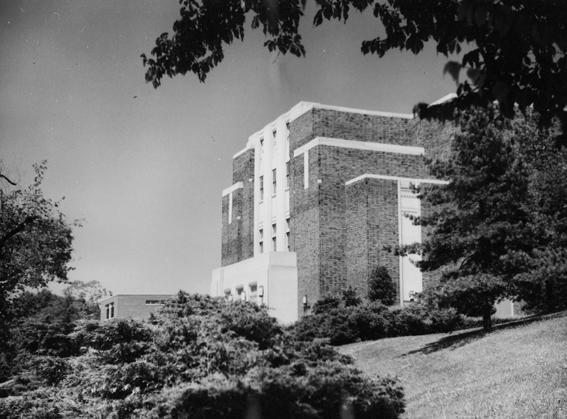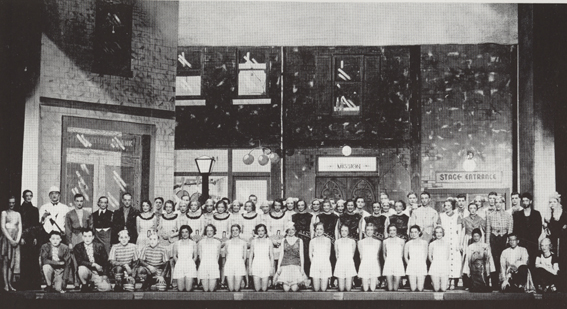CECH Spotlight highlights recommended books in the the UC College of Education, Criminal Justice, and Human Services (CECH) Library.
Black Fairy Tales / written by Terry Berger / 1969
The People Could Fly / told by Virginia Hamilton / 1985
The Six Fools / collected by Zora Neale Hurston / 2006
The stories we tell our children are possibly the most important in our entire fictional memory, and foremost among these stories are fairy tales and folktales. Harkening back to the legends and myths of old, fairy and folk tales expand children’s imaginations, teach lessons, and reveal the reality in which they live. This is not more apparent than in Black Fairy Tales by Terry Berger, The People Could Fly by Virginia Hamilton, and The Six Fools by Zora Neale Hurston.
Coming from a wide variety of sources, origins, and peoples, these three books represent different oral traditions collected and written by a variety of authors. While storytelling traditions are much more expansive than what is contained within these books, they serve as an amazing introduction to fairy tales and folktales from African and African American cultures. Not only do they stand alone as great examples of children’s literature, but they serve as greater tools for change in the diversity they provide, as well as the history they present. “This book was done especially for the Black children who have never read Black fairy tales,” Terry Berger wrote in the dedication of his book.
These books present culture and stories which have long been ignored, and each provide unique perspectives to life, virtue, and our potential. Be it trying to catch sunshine in a wheelbarrow, marrying a great serpent king, or the fables of Bruh Rabbit, these books expand our imagination and deepen our appreciation. .
All three titles are available from the CECH Library, as well as the OhioLINK and Search Ohio lending networks.
Review by Linus Sinnard, CECH Library Student Assistant | Secondary Education, CECH 2025

